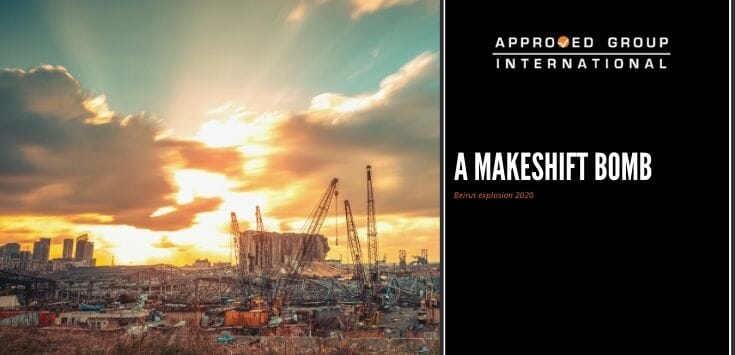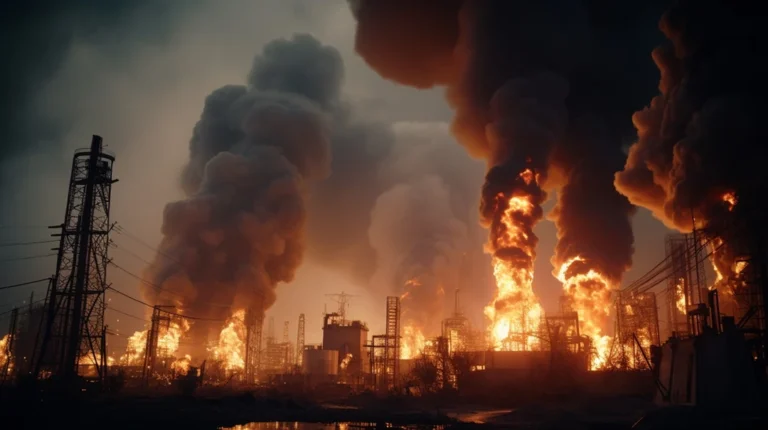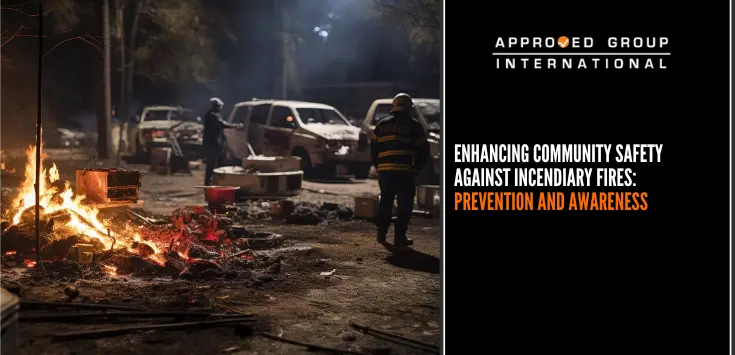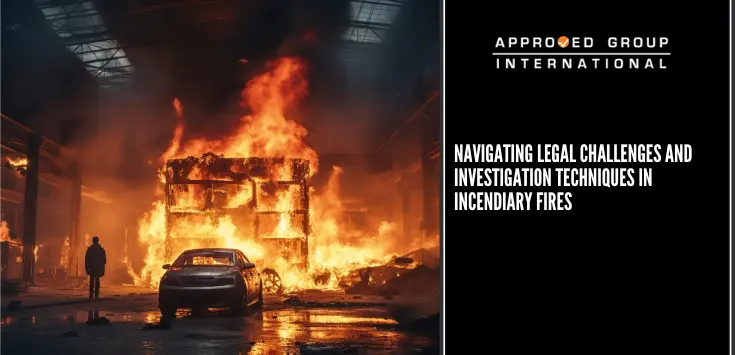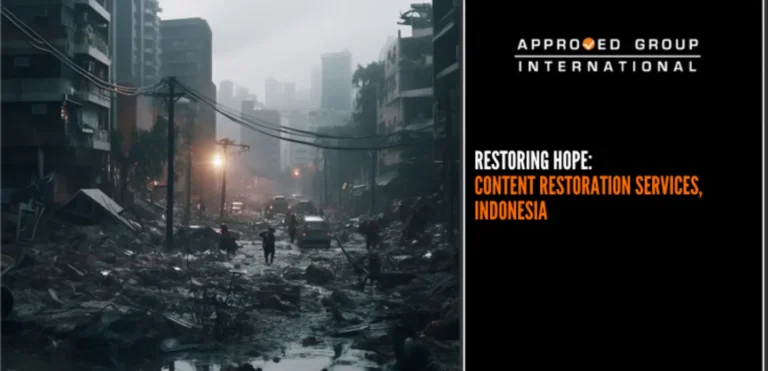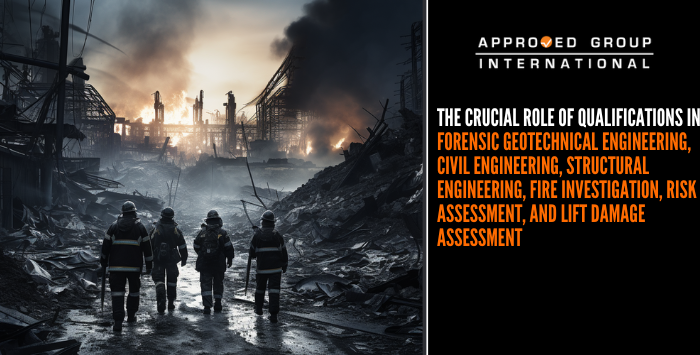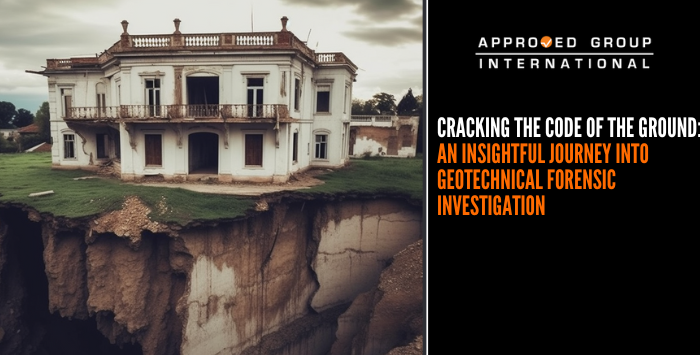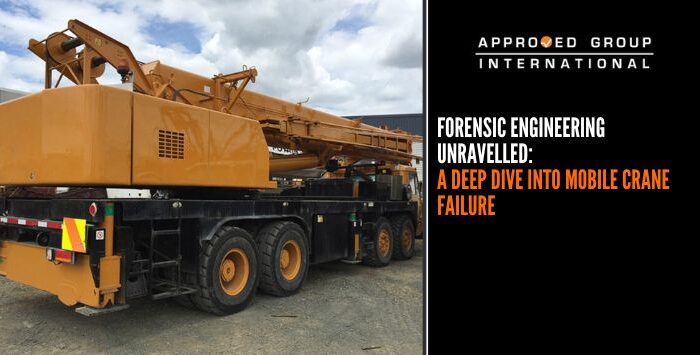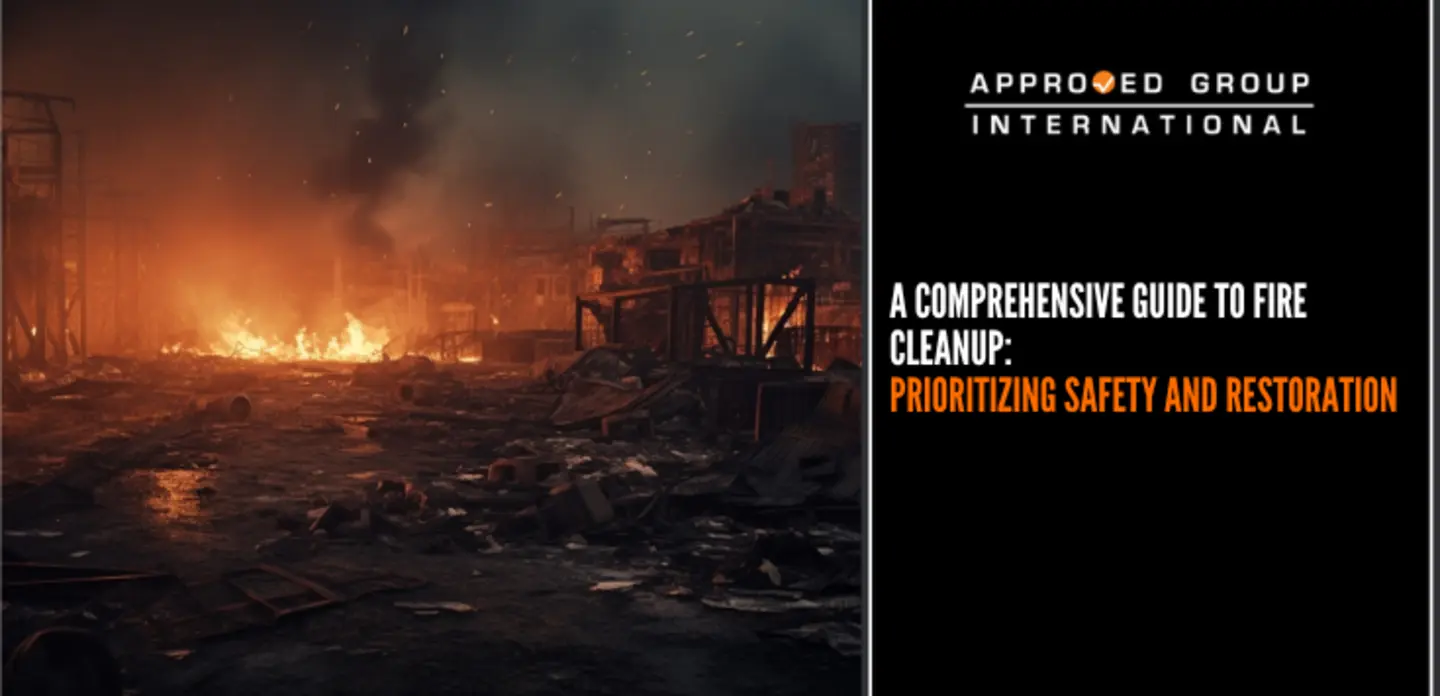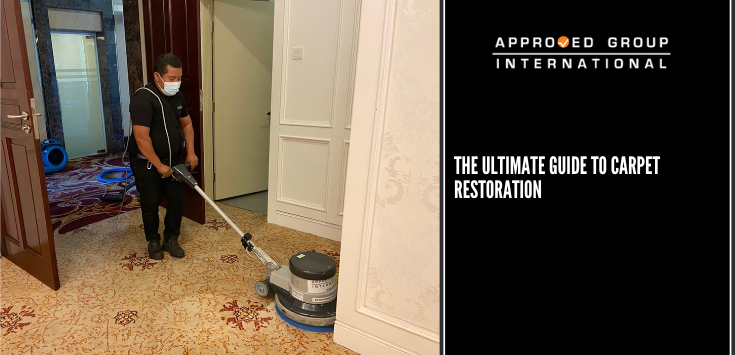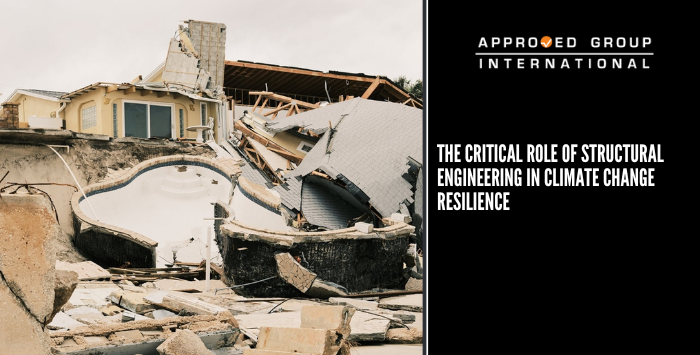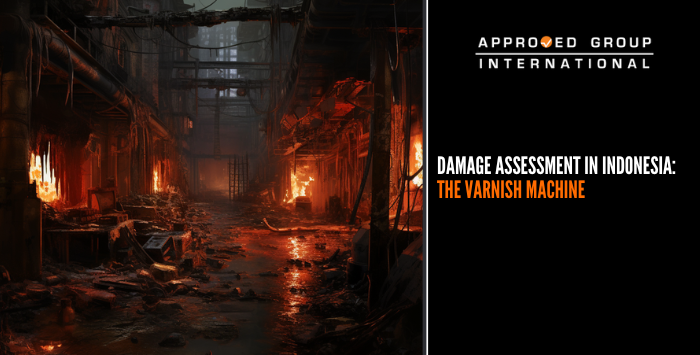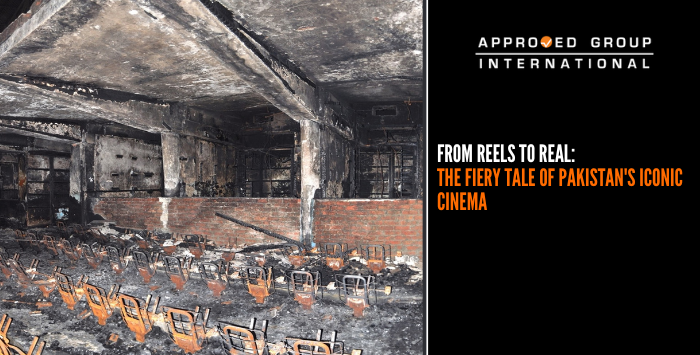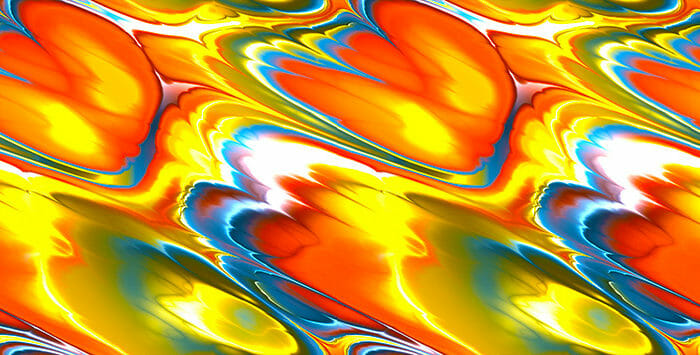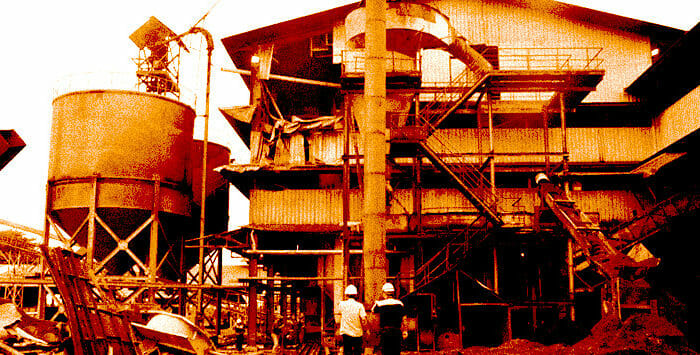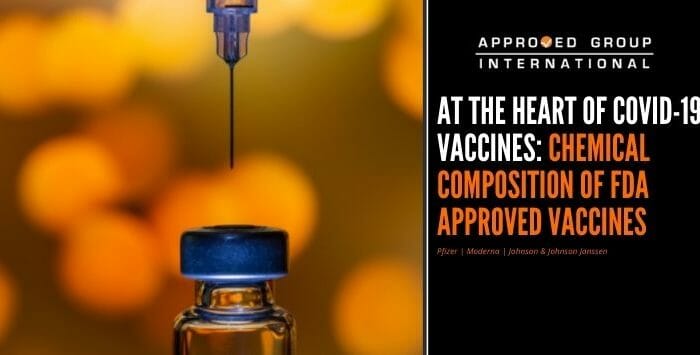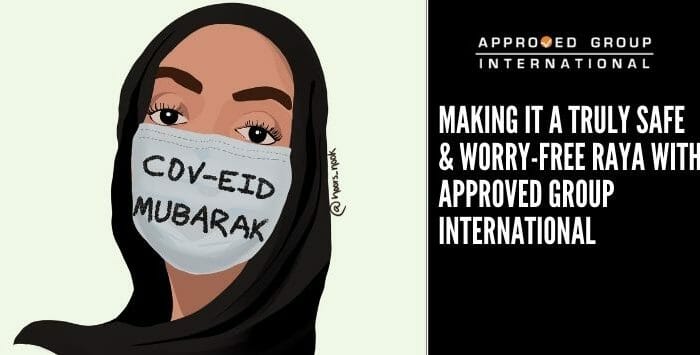Beirut Explosion, 2020
A catastrophic explosion in Lebanon’s capital Beirut killed more than 200 people from 14 nationalities and injured another 7000. Within a few minutes on August 4, 2020, presented history’s largest accidental non-nuclear explosion. The damage caused was immeasurable, the massive blast created a 140m wide crater and an earthquake of 3.3 magnitude. Extensive destruction of properties (worth US$3.8-4.6 billion of material damage) within a radius of six kilometres, leaving more than 300,000 people homeless. The effects were so powerful that the explosion was felt in the neighbouring island of Cyprus, 150 miles away. The shockwaves demolished most of the urban vicinities.
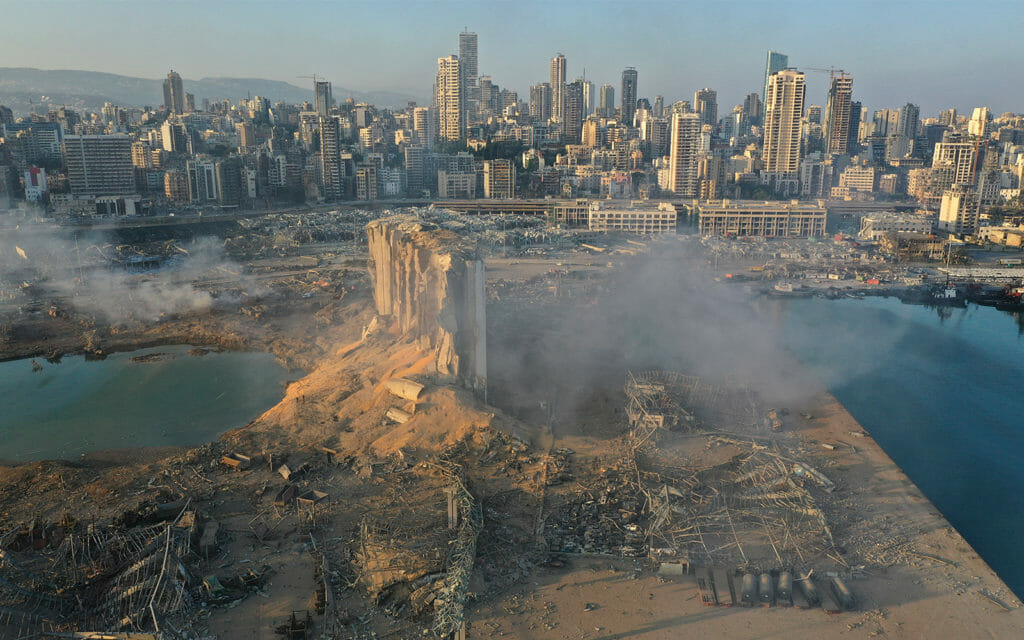
Investigations are continuing amidst the systemic problems in the political structures of Lebanon. A year after the incident, citizens have taken to the streets to protest the Lebanese officials avoiding accountability for the incident. Longstanding corruption and criminal negligence in handling the cargo and the port have emerged in the light of these investigations. Evidence suggests that the 12th warehouse (hangar) at Beirut’s port was a host to the deadly 2,750 tons of ammonium nitrate since 2016. The fact that some of the government officials neglected safety measures to store the potential explosive chemical compound, created unreasonable risks to life.
A blanket of corruption and negligence
Ammonium Nitrate is from the nitrogen family and is used as a base material in fertilizers and to manufacture explosives. Under the Lebanese Weapons and Ammunition law, the military is responsible for approvals of import and inspection for such substances when they arrive at the port. Even then, army officials did not take precautionary measures to secure the material or develop an emergency response plan.
The Ministry of Public Works and Transport was alerted about the hazard and combustible nature of the substance. Despite that, they stored ammonium nitrate alongside fireworks and tyres in unsuitable conditions and in the middle of a densely populated residential area. The Ministry of Finance was approached by the customs officials requesting the sale or export; however, their requests were always turned down on procedural grounds. The judiciary advised that the Customs Administration did not need judicial authorization to remove the cargo or destroy its contents. Similarly, the Interior Ministry did not act since it was out of their jurisdiction.
Lower-level officials were detained whereas senior level officials were aware of the presence of the danger already. Several other names have been charged or are potential suspects of criminal negligence, refer the investigation report by Human Rights Watch, 2021. The survivors and the victim families have requested for an international investigation owing to corrupt practices like immunity for influential political leaders and lack of fair judicial trials.
Open-source Investigations
Independent investigations conducted by organizations like the Human Rights Watch (HRW) with the help of open-source researchers, investigative unit at Al-Jadeed television and other confidential sources. HRW have drawn important interpretations and evidence to light regarding the cargo of Ammonium Nitrate that ‘Rhosus’ brought to the port in 2014. The 127-page report includes documentation sent to and from the officials working in several ministries concerned. They conducted interviews of the Lebanese government officials, security, lawyers representing the prosecuted and judicial officials. Interviews conducted with local and international media, former employees of the shipping company, an individual who witnessed ammonium nitrate at hangar 12 and many others were undertaken. The following facts transpired during the investigation:
- Seventeen out of twenty-one shipping line companies in Lebanon have established links to politicians. Bribery, tax evasion and other misdemeanours were common at the Beirut port.
- Customs officials would regularly receive bribes to oversee issues around clearing of goods. Family members and relatives of influential politicians could buy luxury items at heavily discounted prices without paying custom duties. It also allowed smuggling of illicit goods to enter or leave the country if they paid the customs officials adequately.
- When the Rhosus cargo arrived, it failed to disclose the combustible nature of the cargo and the hazards it could pose. Half-truths are known about the owners of the ship and the purpose for its last-minute stop in Beirut. It raises multiple questions related to the destination where the ammonium nitrate was destined to offload at- Mozambique or Beirut?
- At the time of the explosion, ammonium nitrate was stored unsystematically with kerosene, hydrochloric acid, about 23 tons of fireworks, 50 tons of ammonium phosphate, 5 rolls of slow burning detonating cord and around 1000 vehicle tyres.
- “Ammonium nitrate can react violently with incompatible materials”, stated in the international guidelines on safe storage and handling of ammonium nitrate. Hence, storage must have good ventilation and should be away from heat, fire and explosion which also includes fireworks and other combustible substances. The situations in which the hazardous chemical was stored was a perfect recipe for a makeshift bomb.
- Despite multiple notices, the system failed to choose protection over intentional destruction. The domestic investigations documented the collapse of procedures and highlighted the lack of independence in the judiciary.
The Chemical Reactions
The ammonium nitrate blast is reportedly the third most devastating explosions after the tragedies of Hiroshima and Nagasaki nuclear bombings. The explosion is said to be fuelled from the fire at the adjacent warehouse causing large amounts of ammonium nitrate (nearly 2.7K tons) to detonate. Initially, a plume of white smoke started along with small explosions. When the ammonium nitrate exploded several experts identified the colour as a characteristic of nitrous oxide gas.
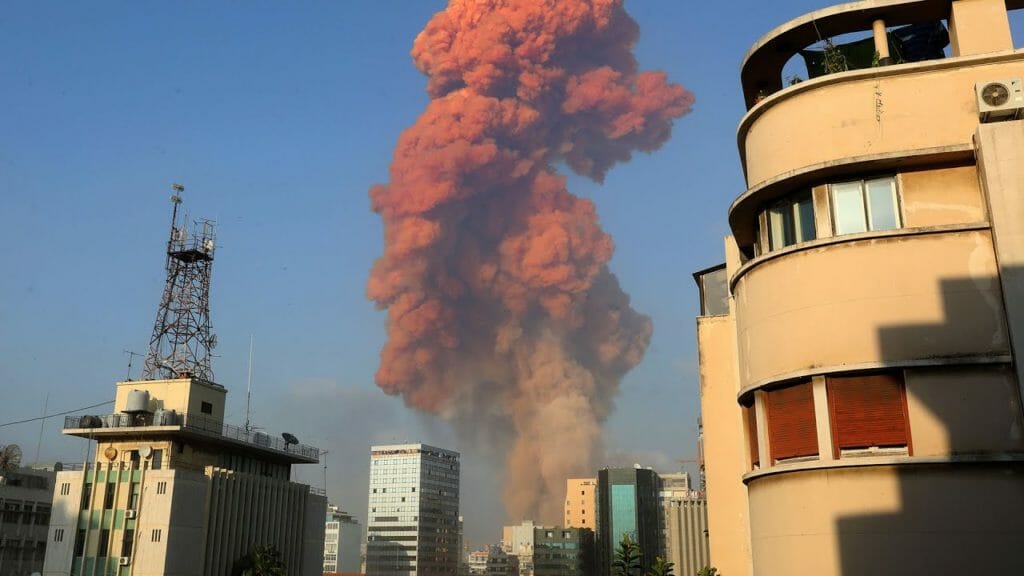
The city suffered from the emissions of white and brown fumes due to decomposition of ammonium nitrate. Investigation reports suggest that “four chemicals are formed in the gas phase: white ammonia nitrate vapour (NH4NO3), nitric acid (HNO₃), nitrous oxide (N₂O) and water vapor (H₂O). Ammonium nitrate in Hangar 12 was kept confined and was in poor conditions which lead to its decomposition and reaction between the four vapours previously mentioned.
When actual energy is given to ammonium nitrate for example: fire, then the molecule becomes unstable. An exothermic reaction occurs between Nitrous oxide (N2O) and nitrogen dioxide (NO₂), here, the nitrate acts as an oxidizer while the ammonium becomes a reducing agent. A massive red-orange coloured smoke sphere enveloped within a huge white condensation cloud was observed. In depth analysis of videos posted on Twitter led to the estimation of the detonation velocity to be around 3,000 m/s, consistent with an explosion involving ammonium nitrate.
N2O and NO₂, produce hazardous brown fumes, breathing once or twice in such circumstances can cause asphyxiation. The supersonic blast broached real threats due to the release of toxic gases, especially when mixed with dust particles and sea humidity. Breathing contaminated air with high concentrations of NO₂ causes irritation in the human respiratory systems.
The changing colours observed from the videos show that there were other items burning at different timings. Burning tyres generate particulate matter containing small particles and liquid droplets packed with many toxic chemicals like acids. Burning fireworks release toxic pollutants like lead, copper, carbon dioxide, carbon monoxide and nitrogen. The long-term environmental hazards remain unexplored. The resulting toxic gases were released in the atmosphere within 24hours. The effects on drinking water and the soil require investigation.
Another hypothesis is that the amount of ammonium nitrate in hangar 12 was comparatively lower than what was stored in 2014. Intelligence reports say that the size of the explosion was equivalent to 500-1000 tons of ammonium nitrate. Was a significant amount removed or stolen from the warehouse? Apparently, this theory also resonates with the Hezbollah controversy where the substance may have been destroyed to hide the amount used by them in Syria.
Other theories speculate that the white condensation cloud produced by the blast was due to a nuclear device. However, ammonium nitrate detonations have been a threat to industrial incidents in the past. Hence, most nations have strict regulations on proper handling and storage of the chemical. The firefighters who were deployed were not made aware about ammonium nitrate leading to the death of frontline firefighters during the massive detonation. The massacre was so huge that it annihilated the port and vandalized half of the city. Perhaps, the toxic gases released in the air during the explosion would continue to affect the respiratory systems and the environment. A year after the blast, the citizens of Beirut are still traumatized with the catastrophic event.

